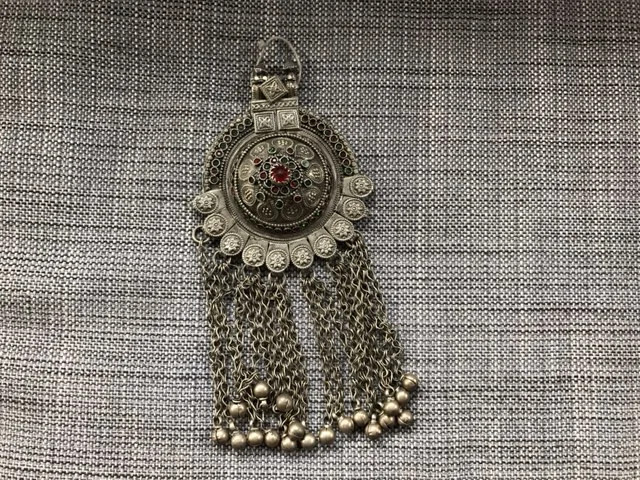The Editorial Team's favorite thing this December is the leaping vyali strut(s) at the historic Napier Museum in Thiruvananthapuram, Kerala, India. The Napier Museum was built by the Maharaja of Travancore Anizham Thirunal Rama Varma in the mid-18th century. The complex was designed by Robert F. Chisolm, a name that perhaps is most associated with vernacular imperial architecture in British India often called Indo-Saracenic. For Napier Museum, Chisolm had plainly rejected Maharaja's request for a neoclassical structure, along the lines of the museum in Calcutta and its eminent predecessor, the British Museum in London. After multiple rounds of communication and interference from the government in Madras, the Maharaja had to finally be content with Chisolm's idea of the vernacular Keralan imperial style. Taking inspiration from the local architecture of the region, Chisolm incorporated elements of indigenous structure and sculpture in a building that is truly one of its kind.
Here the fearsome mythical dragon-lion hybridized beasts called vyaali leaps of the external facade supporting a closed-off balconette. They make the balconette look like a chariot drawn by fearsome equine creatures.
For more on the project of colonial-imperial architecture in British India, you can read Thomas Metcalf's seminal essay on the topic at JSTOR. (The article is available to read online upon registration; registration is free.)


